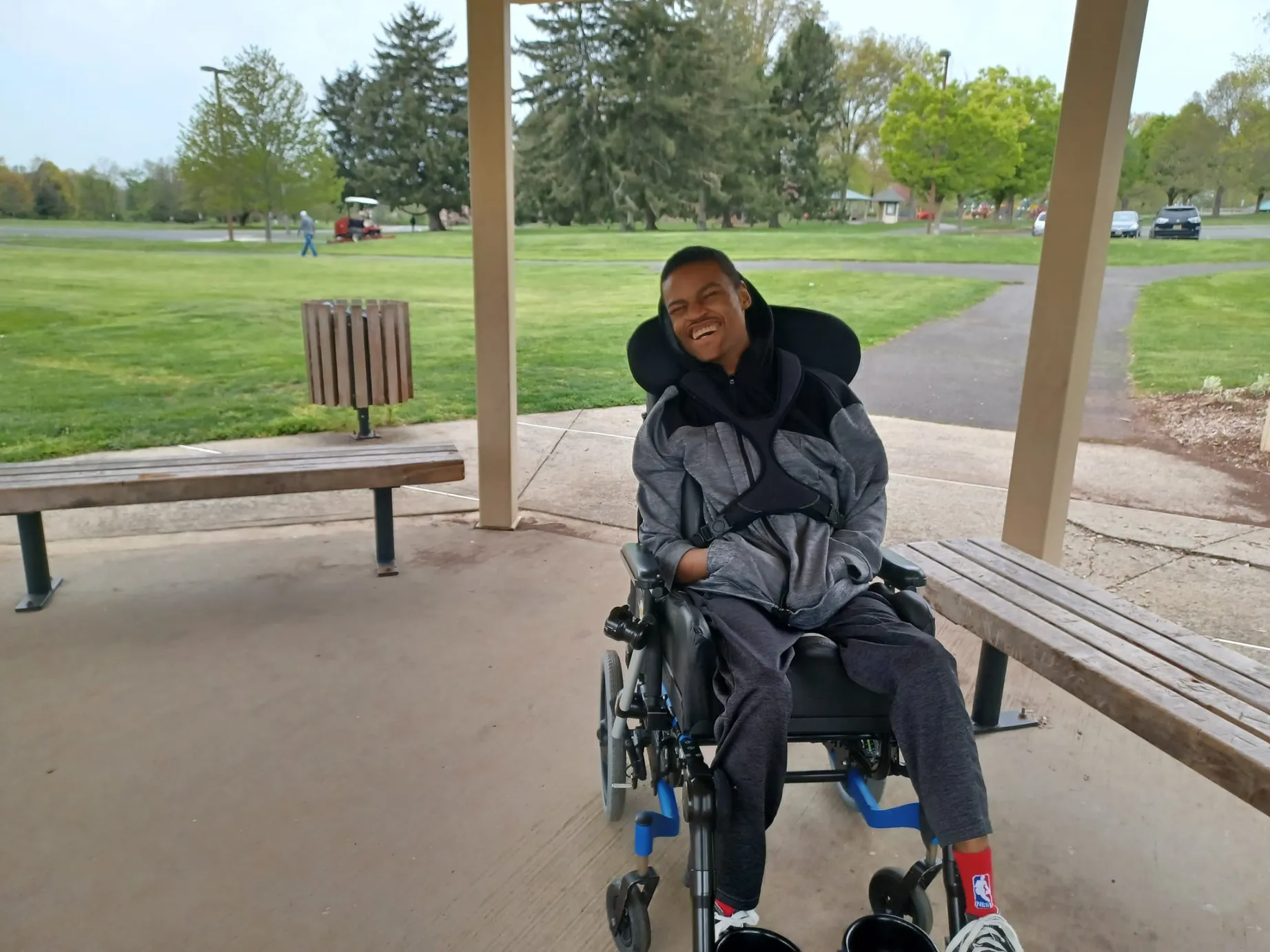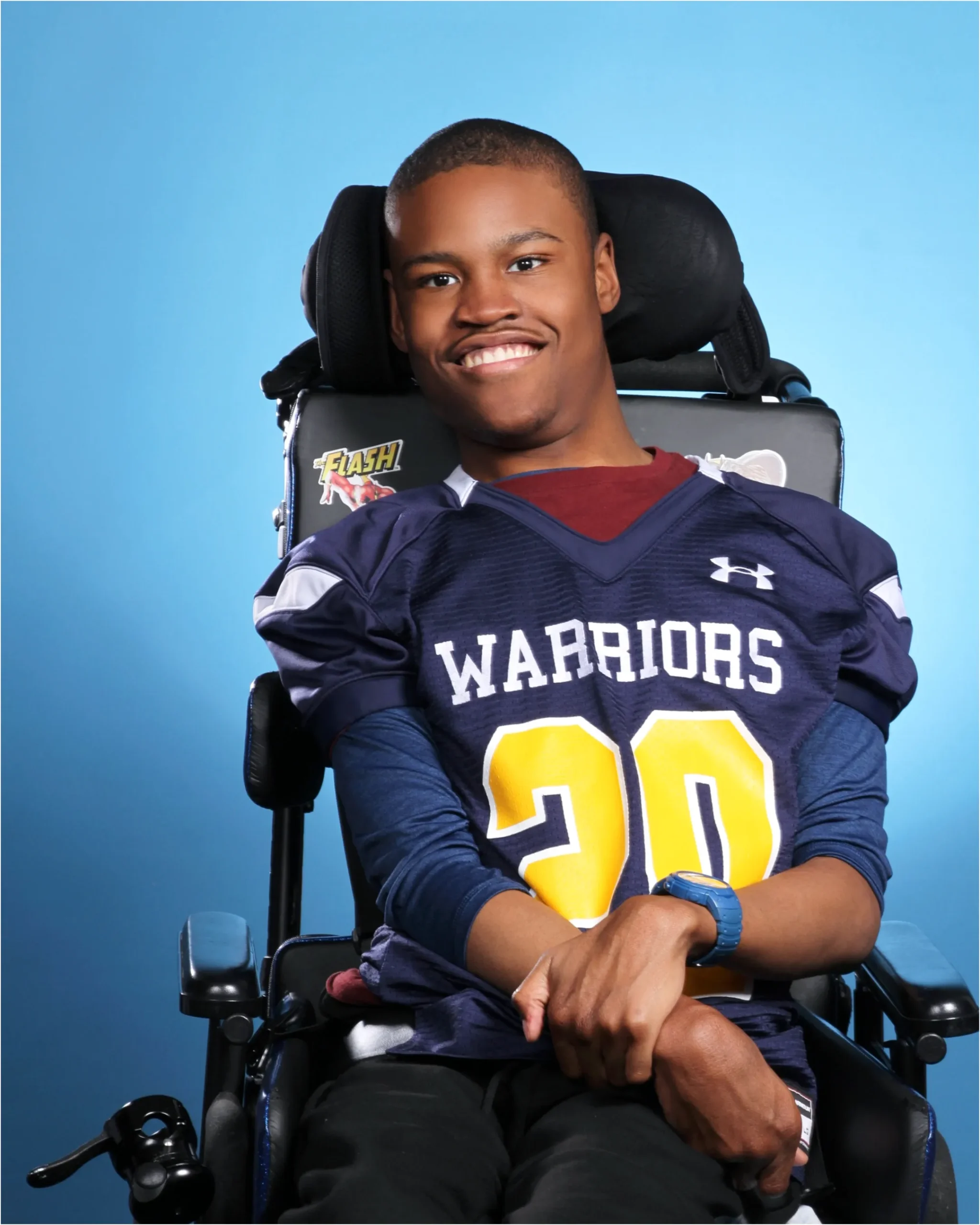
Listen to this Article
Many of us would attest that going on a journey, whether a leap into the unknown or a familiar path, marks a significant milestone in life – a time for celebration and unfiltered joy. The power of travel is transformative and can shape our well-being by opening doors to enrichment, new perspectives, and personal growth. Yet, within this narrative of exploration, a stark reality persists: individuals with disabilities, particularly those in their teens and beyond, along with their families, grapple with unique challenges that cast shadows over the potential for meaningful travel experiences. Let me share a piece of my family’s story to provide a glimpse into this journey. Our son, Nathan, now nineteen years old and towering at an impressive five feet eight inches, stands tall with unwavering courage despite navigating life with cerebral palsy.
As we recently faced the anticipation of our older son’s graduation, an occasion filled with pride and joy, it brought excitement and a twinge of pain. The graduation is scheduled to take place in Chicago, a distance from our home, which made driving an impractical option. This circumstance led to a difficult decision: Nathan could not attend the graduation. Although it was a decision that tugged at our hearts, it was not one we arrived at hastily. It followed weeks of agonizing attempts to overcome the daunting logistical challenges, which ultimately proved to be insurmountable. Allow me to delve deeper into this experience for you.
Right from the outset of Nathan’s life, we quickly understood how crucial it was to plan out every intricate detail of our travel arrangements, especially when air travel was on the horizon. This step was non-negotiable to ensure that all necessary preparations were in place, allowing us to embark on our journeys with as few hiccups as possible. During his younger years, traveling was a much more attainable feat. His wheelchairs were adorable, compact, and conveniently foldable, making our voyages smoother. But, as Nathan grew, this simplicity gradually gave way to mounting complexity.
Now, at nineteen, Nathan (and us) relies entirely on his specialized wheelchair that provides comprehensive support—head, trunk, and feet, all held securely in place by a five-point harness. With Nathan’s inability to support his weight for transfers, his wheelchair has transformed into a lifeline, indispensable for moving him between spaces—whether to the bath, bed, or a seat on an aircraft. Therefore, minimizing the distance that must be covered while transferring him is crucial.
Recalling our previous experiences of traveling with Nathan via airplane, it’s important to note that existing aircraft regulations prohibit using personal wheelchairs on board. Consequently, he had to be carried in his wheelchair up to the aircraft door, after which my husband would shoulder the responsibility of carrying him to his designated seat. This strategy, aimed at minimizing the distance Nathan had to traverse, prompted us to secure front-row seating by paying an additional fee.
Yet, time has ushered in change. With Nathan’s growth spurt—making him taller and heavier—and my husband and I navigating the aging terrain, this formerly feasible approach has gradually lost its viability. The once-manageable option has evolved into a complex challenge, adding to the intricate puzzle of accessible travel.
Upon arrival at our chosen destination, a fresh set of challenges emerges — navigating airport transportation to the hotel and arranging mobility throughout our stay. In Nathan’s case, his customized wheelchair carries a weight exceeding one hundred and fifty pounds, making folding impossible. This unique requirement renders traditional transportation options inadequate. The pressing need for a vehicle equipped with a ramp becomes evident, as it’s the sole means to facilitate his movement. However, despite our determined efforts, a concerning void becomes apparent. Airport transfer services, taxis, and even rideshare options fail to offer the necessary accessibility, leaving us with no solutions.
In the realm of accommodations, most hotels make strides towards accessibility; however, challenges persist regarding essential aspects like sleeping and bathing. Nathan’s reliance on a bed with rails, a staple of his home environment, starkly contrasts with the absence of such provisions in a hotel setup. Equally pressing, the absence of bath equipment poses a significant hurdle in facilitating his bathing routine. These instances underscore the ongoing disparities in infrastructure and services, revealing the continued challenges that individuals with disabilities face when it comes to travel in the year 2023.
Addressing the Issue: Steps Towards Change
Recognizing the strides we’ve taken owes credit to the relentless efforts of individuals with disabilities and their steadfast allies—families, communities, and influential publications like this very magazine—over the course of years. While we celebrate these significant accomplishments, it’s crystal clear that a substantial journey remains ahead. The reality that, even in the year 2023, families like mine continue to confront barriers to basic travel needs is, quite frankly, disheartening. Yet, our collective voices bear the power to drive transformation along this path. In light of this, I’d like to propose five actionable steps that individuals with disabilities (and their families) can consider to help spark and drive the change needed for a more universally accessible travel landscape.
- Share personal experiences: When we openly share our personal narratives and experiences regarding our travels with disabilities, these authentic firsthand accounts have the power to illuminate the challenges and obstacles we face. Through these stories, we not only shed light on our unique journeys but also raise awareness about the barriers that persist in the realm of accessible travel.
- Engage in advocacy: We can actively engage with disability rights organizations and advocacy groups dedicated to enhancing accessibility and fostering inclusive travel experiences. This involvement might encompass joining or offering support and participating in campaigns, petitions, and events that champion the cause of accessible travel. We contribute to a collective force that propels positive change by lending our voices to these initiatives.
- Use social media: Leveraging our social media platforms becomes a potent tool in amplifying awareness about the issue of inaccessible travel. By sharing posts, articles, and videos that spotlight the hurdles encountered by individuals with disabilities, we spark crucial conversations.
- Share stories about positive travel experiences: By showcasing these positive stories, we illuminate possibilities and, in turn, ignite inspiration for change. Through the collective reach of social media, we can foster a broader understanding of the challenges and the potential solutions that lie ahead.
- Collaborate with Travel Industry: Engage with travel companies, airlines, and hotels to provide feedback on their accessibility services. Encourage them to improve their offerings and implement inclusive practices.
One of the fundamental truths that this century has taught us is that our voices matter. The power to drive the change we seek for ourselves and our loved ones with disabilities lies in our active involvement. Throughout my journey, I’ve understood that sometimes, it’s not that society lacks concern, but they often lack awareness about our lived experiences. This is why our voices become pivotal. By sharing our personal stories and actively engaging in initiatives, we contribute an invaluable dimension that fuels innovation and fosters meaningful change. Through these collective efforts, we can propel the journey towards a travel experience that’s not only more inclusive but also inherently accessible for all.
Bio
Christine Staple Ebanks is a seasoned special needs parent advocate, accomplished author, and impactful speaker passionately committed to amplifying the voices and empowering the lives of children with disabilities and their families. Leveraging a wealth of personal experience in raising her own son Nathan, who lives with a disability, Christine has directed her professional journey towards shedding light on their and other families’ stories to help foster a more inclusive and understanding society.
Christine founded the Nathan Ebanks Foundation (Jamaica) and Raising Special Needs Inc. (USA) to provide training and consulting services to support parents, educators, and other childcare practitioners in the special needs community. She is also the author of multiple books that empower the voices and experiences of children with disabilities and their families. Her mission is to actively contribute to shaping a world where children with disabilities and their families are equipped with the support needed to survive and truly flourish.
You can connect with Christine on Facebook @cstapleebanks and @raisingspecialneeds, Instagram@christinestapleebanks or email at raisingspecialneeds@gmail.com



